Is your EdTech Earning Its Keep?
Despite significant investment, much educational technology remains underused. In this article, Ian Harris challenges the conventional explanation, inverts the logic, and presents an alternative view — one grounded in evidence-based teaching and the TPACK framework.
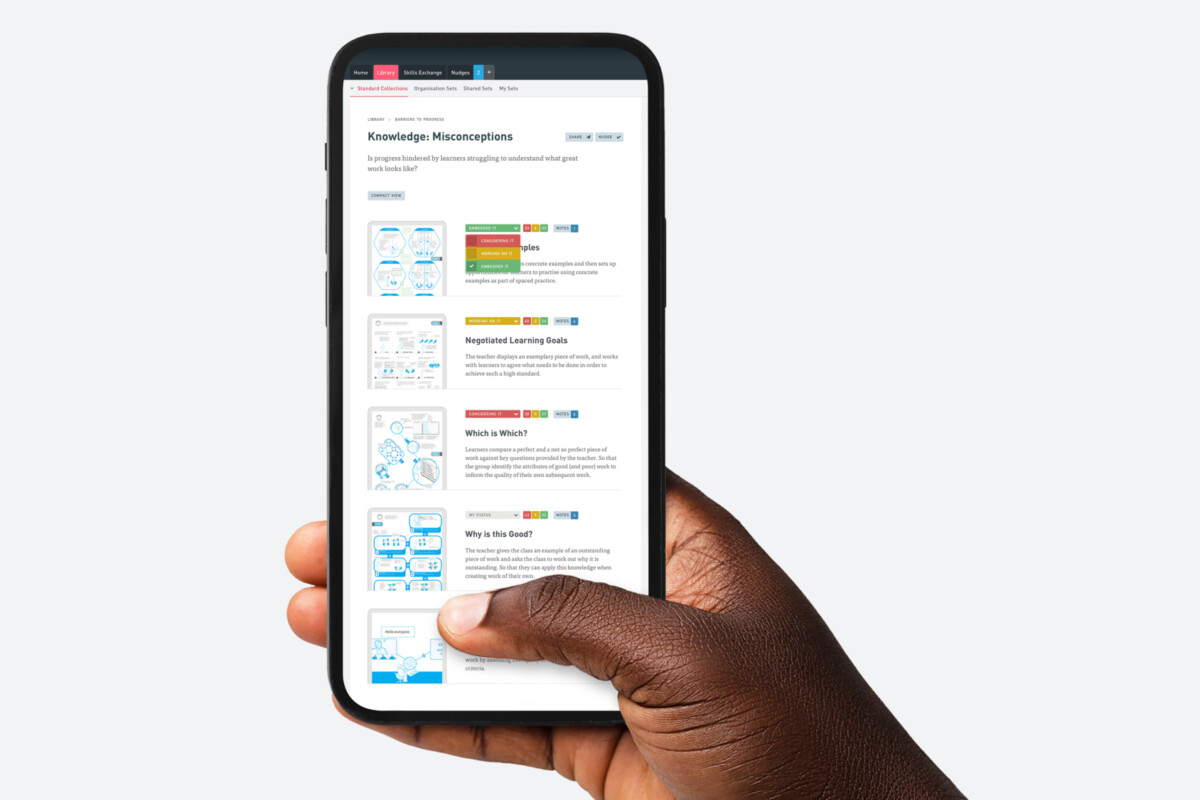
What is TPACK
TPACK stands for Technological Pedagogical and Content Knowledge. It’s a framework developed by Mishra and Koehler (2006) that identifies the knowledge educators need to integrate technology effectively into their teaching. At its core, TPACK recognises that good teaching with technology requires understanding:
Content Knowledge (CK) – the subject matter
Pedagogical Knowledge (PK) – how to teach
Technological Knowledge (TK) – how to use technology
The sweet spot is where all three intersect. That’s where educators can design and deliver effective lessons using the right tech, in the right way, for the right content.
Why EdTech Often Underdelivers
Despite significant investments, many institutions are left asking: Why isn’t our EdTech being used more?
It’s not that teachers don’t know how to turn it on. Most training covers the technical features. The issue is more fundamental — and more overlooked.
Many teachers are still unsure how to integrate the technology into the teaching sequence in a way that improves learning. The result? Low adoption rates, poor impact, and a growing frustration that expensive platforms aren’t delivering the ROI leaders expect.
This is a pedagogical gap, not a technical one.
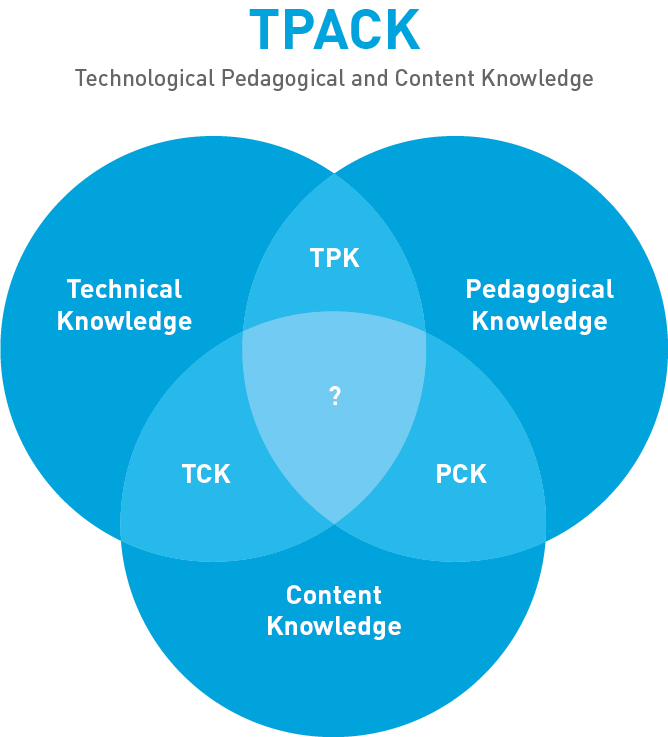
Pedagogy Must Lead Technology
Most educators and EdTech leaders agree: technology should support and enhance pedagogy, not replace it. That’s easy to say, but hard to operationalise.
In 2012, a landmark study from Durham University and the Education Endowment Foundation found that while digital technologies can have a positive impact on learning, their effectiveness depends on how well they are integrated into teaching practices. The study emphasised that technology should support and enhance pedagogy rather than replace it — a conclusion that met with near-universal agreement among educators and policymakers (Higgins et al., 2012).
Yet, more than a decade later, little has changed. Despite the tools, training, and investment, much of today’s EdTech still goes underused.
So what does it actually look like when tech is embedded in the flow of teaching, rather than bolted on as an add-on?
This is where the TPACK framework gives us a useful lens. It shows that effective use of educational technology happens not just when teachers know how to use it (TK), but when they know how to use it to teach (TPK and TCK) — in alignment with their subject content and lesson focus.
From Knowing the Tool to Wanting to Use It (Why “What’s In It For Me?” is the real EdTech blind spot)
Every teacher wants their students to succeed. They want to be successful in helping them succeed. But unless they can see how a piece of EdTech contributes to that success — whether through efficiency gains, teaching impact, or student progress — they’re unlikely to adopt it, even if they know how to use it.
That flips the usual assumption.
We often think the sequence is: first, we train them how to use it, then they’ll start using it. But in reality, knowing how doesn’t create the desire to use it. Seeing the benefit does.
So maybe we’ve got it backwards.
Every teacher wants their students to succeed. They want to be successful in helping them succeed. But unless they can see how a piece of EdTech contributes to that success — whether through efficiency gains, teaching impact, or student progress — they’re unlikely to adopt it, even if they know how to use it.
That flips the usual assumption.
We often think the sequence is: first, we train them how to use it, then they’ll start using it. But in reality, knowing how doesn’t create the desire to use it. Seeing the benefit does.
So maybe we’ve got it backwards.
If we start by showing how EdTech helps teachers do their job better — in the context of real lessons, not as a standalone product demo — they’ll be motivated to go back and learn how to use it properly. They’ll want to. Because now they can see what’s in it for them and their learners.
Unfortunately, this conversation often doesn’t happen. Many institutions assume that showing teachers how to use EdTech is enough. Worse still, many don’t even realise the conversation is missing.
And that’s partly because many EdTech providers can’t always show how their tools connect with real teaching — especially not within specific, evidence-based teaching techniques. And even when they can, the possibilities are vast — every subject, level, goal, and classroom context is different, making it hard to show exactly how each tool fits.
Bridging the gap
The HOW2 AI Assistant helps teachers make sense of how to use EdTech in their own teaching — guiding them through how to connect tools to specific, evidence-based techniques that align with their subject, lesson focus, and learners.
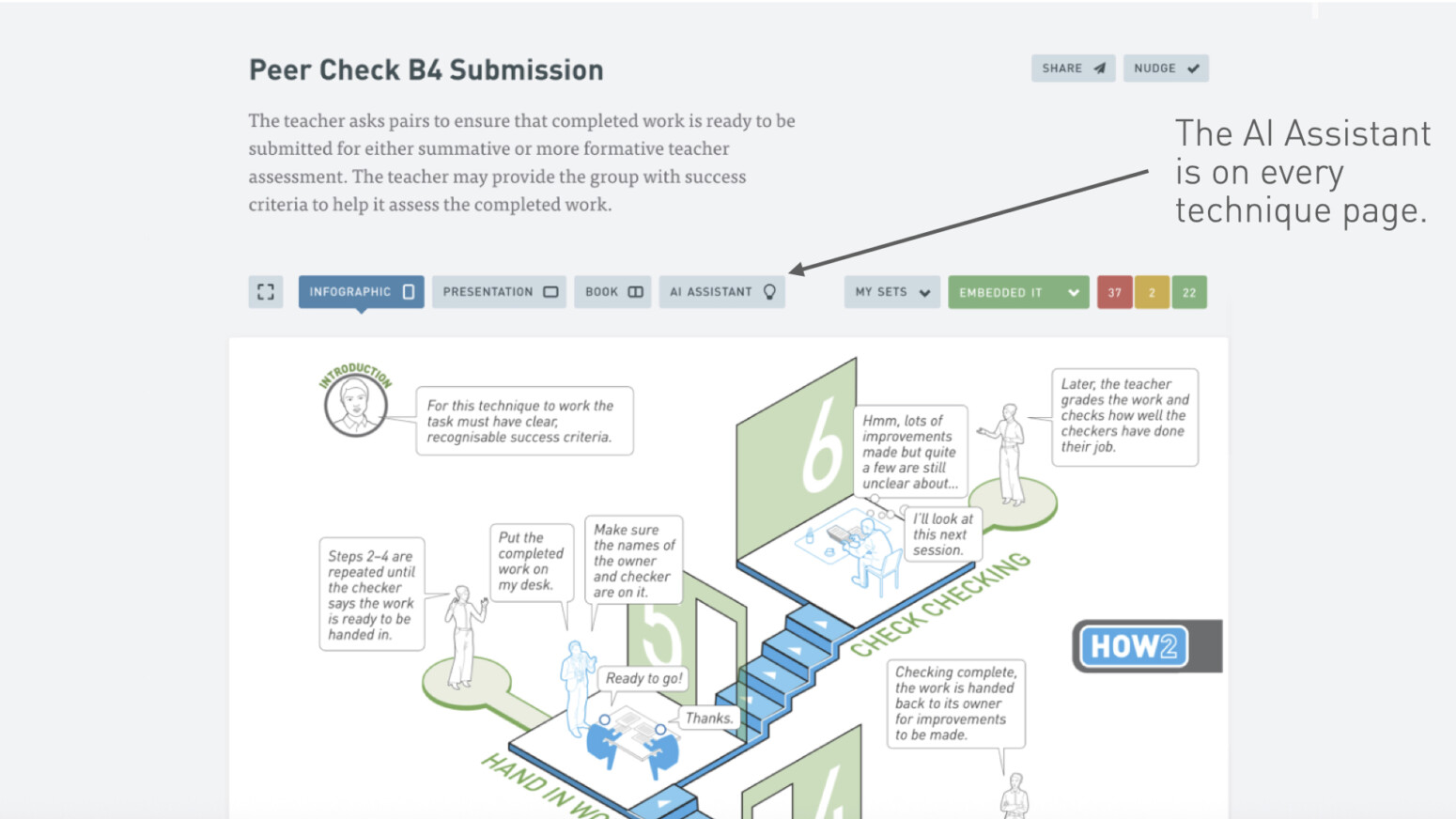
In other words, it puts technology where it belongs: within the teaching sequence, not alongside it.
This moves the focus from what the technology does to how it enhances teaching practice — helping educators see practical value right away.
Every teacher wants their students to succeed; they want to be successful in helping their students succeed. Unless they see how the EdTech can help with this, can we really be surprised that they don’t get excited about a new piece of kit?

Ian Harris, CEO TeachingHOW2s
From Framework to Practice
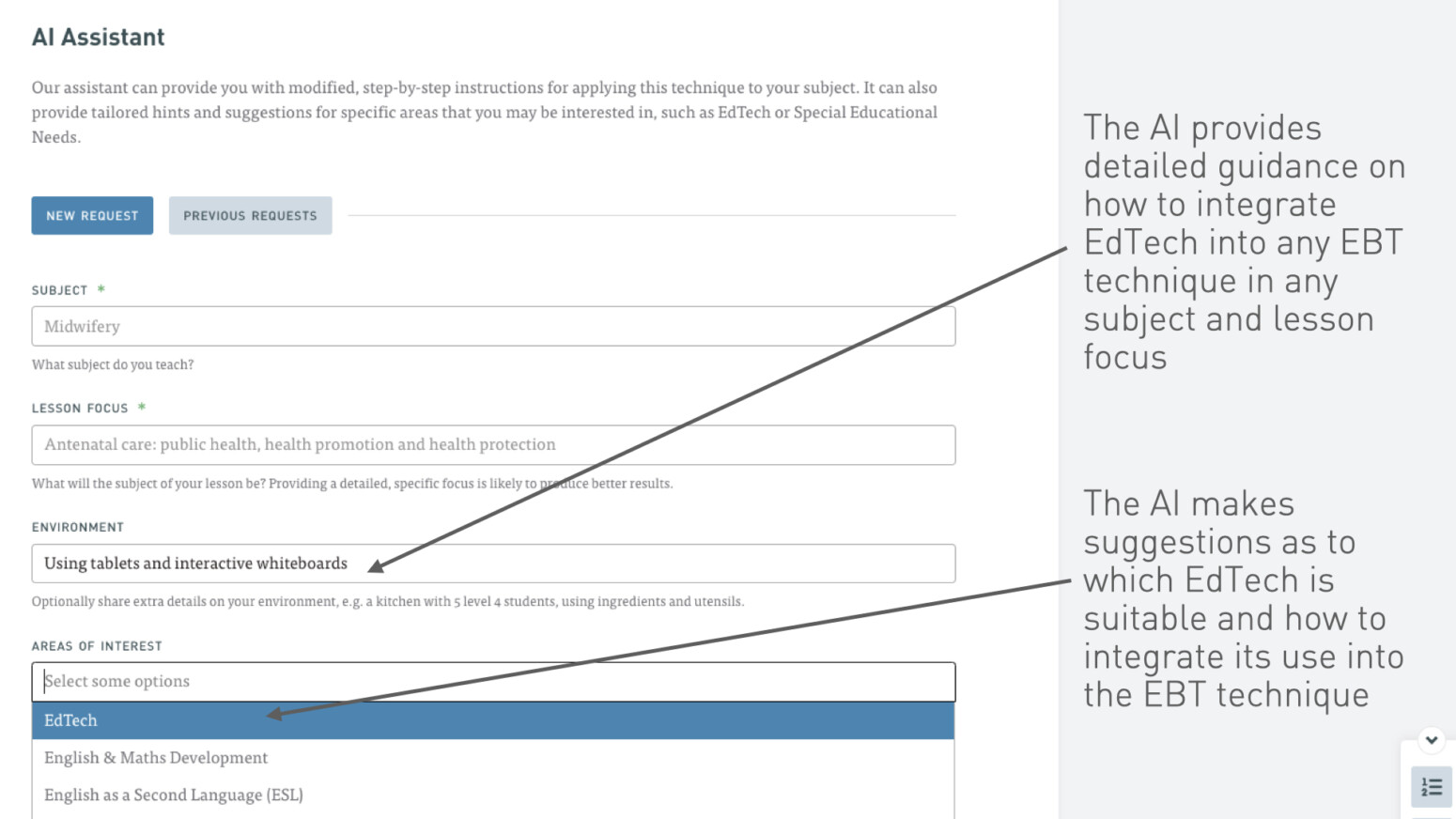
This is where the HOW2 Platform becomes valuable — not just because it introduces new tools, but because it helps educators make better use of the EdTech they already have.
Pedagogical and Content Knowledge: HOW2s provide clear, step-by-step visual guides to proven, evidence-based teaching strategies. These make complex pedagogy easy to understand and apply across subjects and levels — giving teachers immediate ways to strengthen their practice.
Technological Knowledge: The integrated HOW2 AI Assistant builds on this foundation. It shows where and how technology can enhance and support specific teaching strategies — helping educators use EdTech tools within the lesson sequence, subject and topic focus, and learner needs. Its latest EdTech feature identifies opportunities where digital tools can strengthen evidence-based techniques, suggesting ways to embed them seamlessly into teaching workflows. Notably, the HOW2 AI Assistant ensures that technology remains a natural extension of great pedagogy, not an add-on.
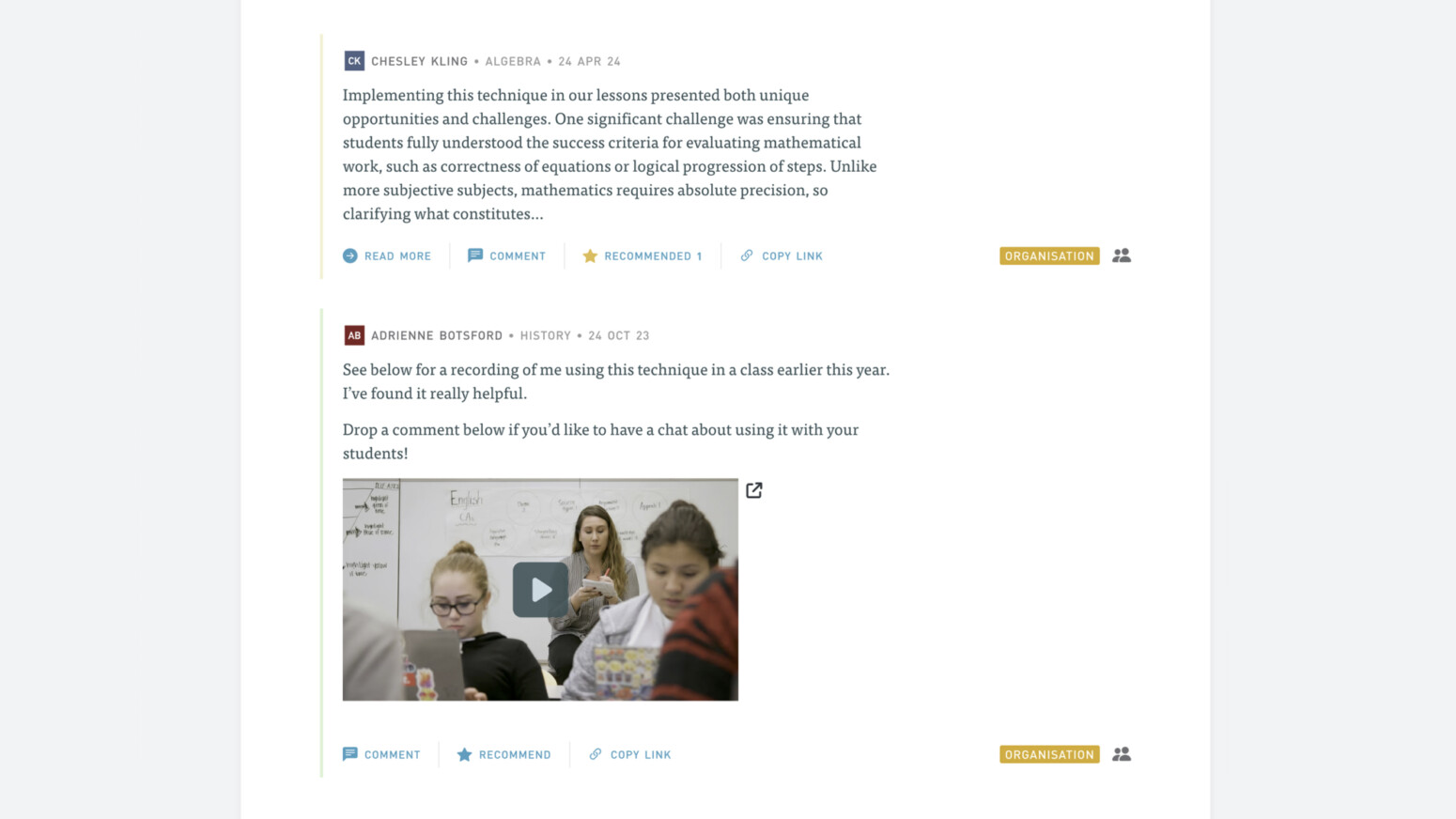
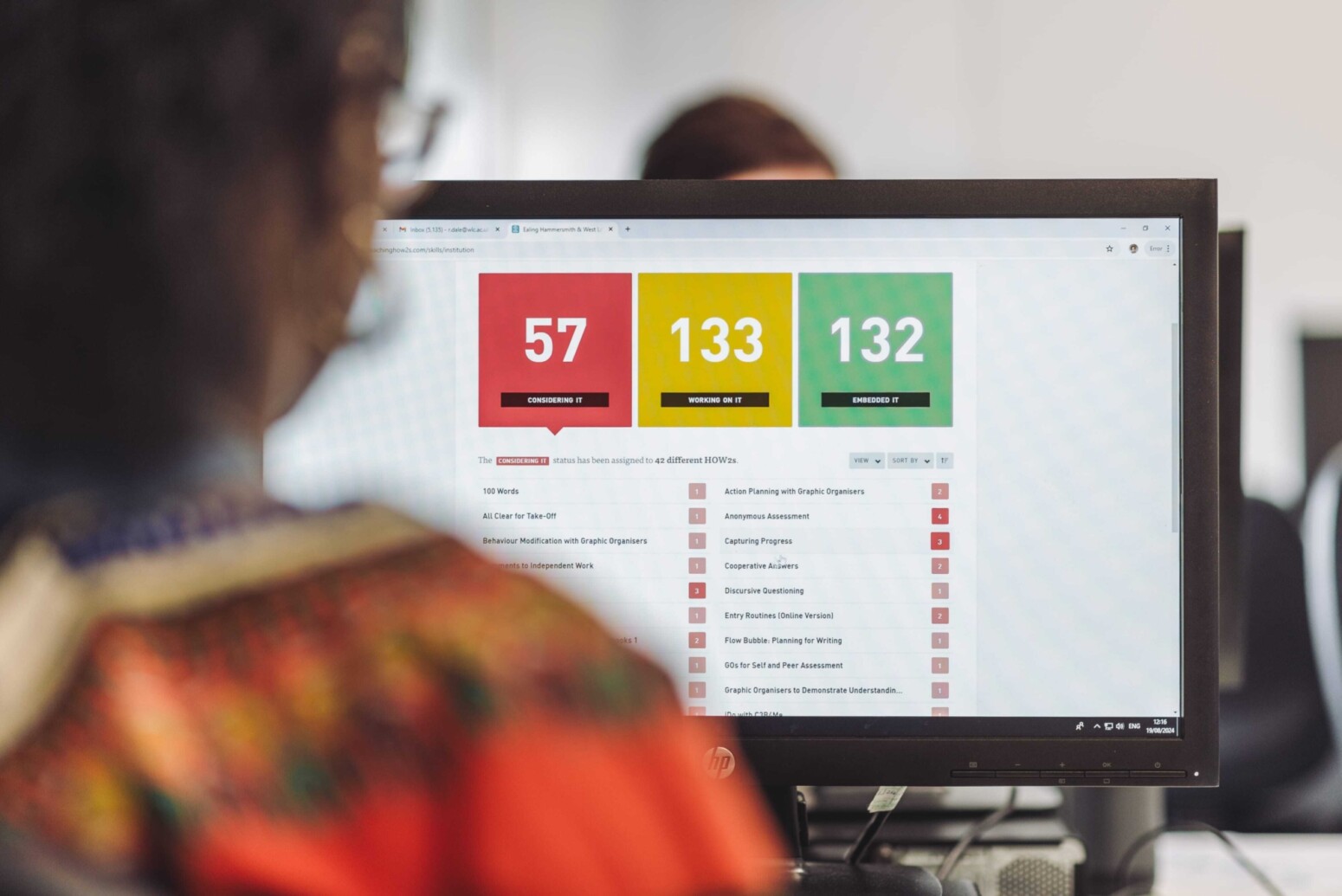
Collaboration and Reflection: Tools like the HOW2 Skills Exchange and Notes features encourage teachers to reflect on their practice, share experiences, and learn from peers — creating a living, collaborative culture of continuous professional learning.
In this way, HOW2 aligns precisely with the principles of TPACK, mirroring how effective teaching brings together pedagogy, content, and technology to enhance learning.
The Payoff: A Measurable ROI
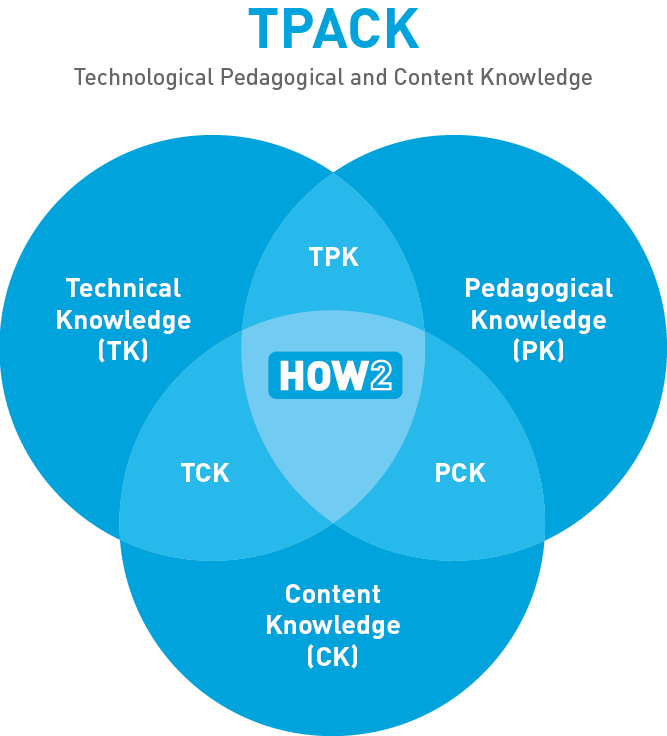
When EdTech tools are integrated into teaching in a purposeful, pedagogically aligned way, everyone benefits:
Faculty use the tools they already have with more confidence and creativity
Students experience lessons where tech supports — not distracts from — learning
Leaders start seeing real value from their EdTech investments
Teaching with technology only works when technology serves teaching. By focusing on integration — not just access or training — institutions can unlock real value from their EdTech investments. When teachers see the benefit, they use it. When they use it well, everyone wins.
By putting pedagogy at the centre and technology in its rightful, supportive role, the HOW2 Platform ensures that EdTech serves what matters most: effective teaching and better learning.
References
Higgins, S., Xiao, Z., & Katsipataki, M. (2012). The Impact of Digital Technology on Learning: A Summary for the Education Endowment Foundation. Durham University. https://eric.ed.gov/?id=ED612174
Koehler, M. J., & Mishra, P. (2009). What is technological pedagogical content knowledge (TPACK)? Contemporary Issues in Technology and Teacher Education, 9(1). https://www.citejournal.org/volume‑9/issue‑1 – 09/general/the-tpack-framework-for-teacher-knowledge
Sang, G., Valtonen, T., & Sointu, E. (2023). Development of the Teacher’s Technological Pedagogical Content Knowledge (TPACK) through a Design-Based Approach. Frontiers in Education. https://www.frontiersin.org/articles/10.3389/feduc.2023.1078913/full
Miller, J. W., Nutting, A. W., & Baker-Eveleth, L. (2017). Exploring the Use of E‑Textbooks in Higher Education: A Multiyear Study. EDUCAUSE Review. https://er.educause.edu/articles/2017/10/exploring-the-use-of-e-textbooks-in-higher-education-a-multiyear-study
-
To learn more about the HOW2 Platform, follow TeachingHOW2s on LinkedIn for updates and insights.






